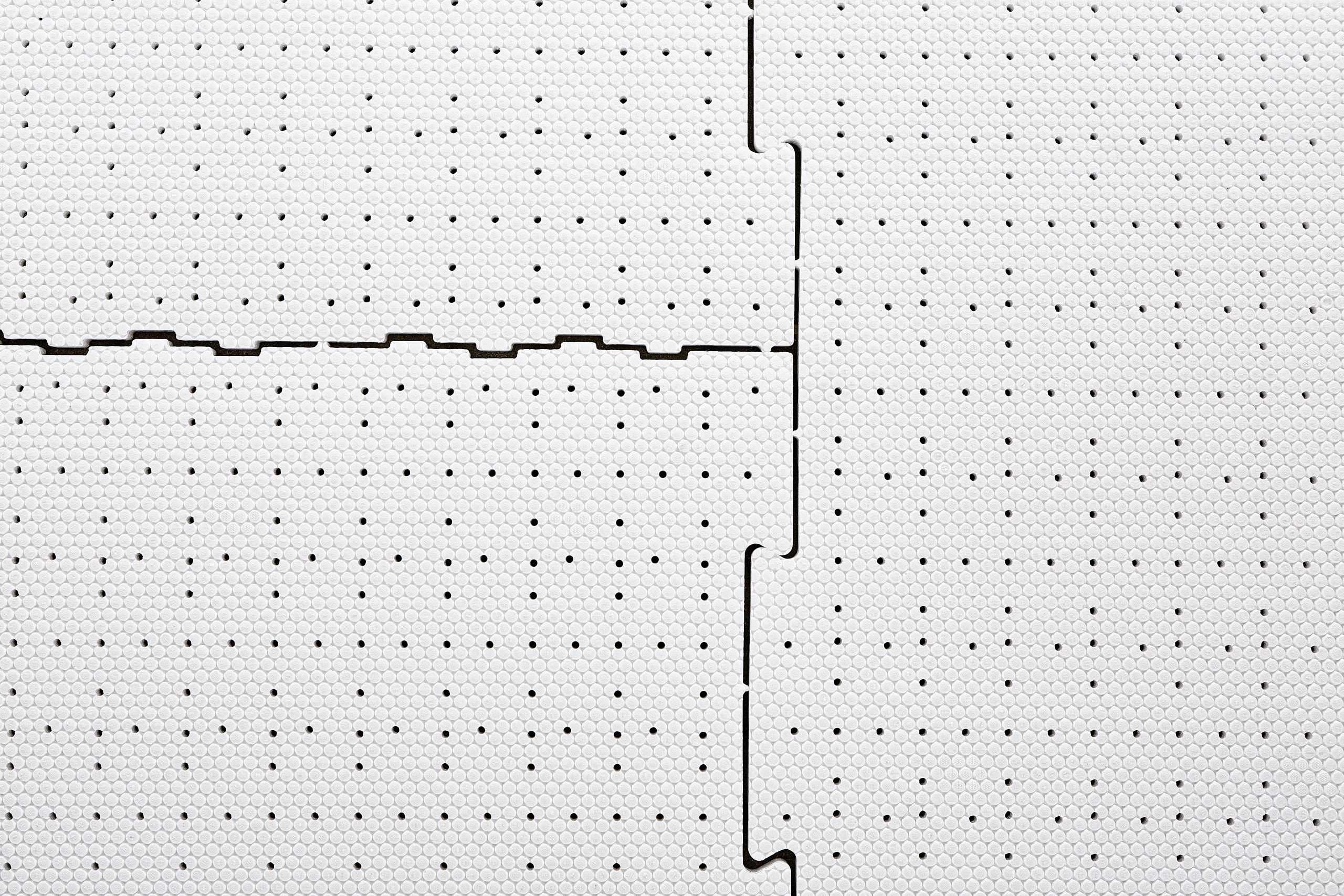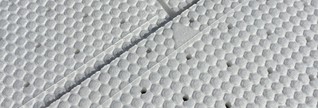For those who make safety a top priority for their athletes
Shock pads are separate, elastomeric materials such as foam, rubber, beads or fibers bound together with a strong adhesive. Many pads have been available for decades while the size of the turf market today is attracting newer technologies. Our laboratory tests pads exhaustively before approval for field use.
Benefits:
- Provide better shock absorbency — and protection for players
- Create a smoother, more uniform field
- Increase lifespan of the turf itself
- Allow clients to “tune” fields and add more sand to speed up the surface
- Enable us to reduce the height of the turf to increase pile density and reduce the quantities of expensive alternative infills required
- Can often be used for more than one field life cycle, making costs over time very attractive
Beaded Polypropylene
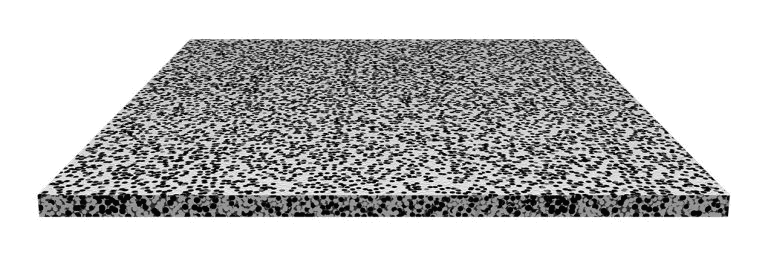
Brock Powerbase
Often simply called “Brock” pads, after the industry leader’s brand, these systems consist of small beads of polypropylene molded under pressure into a certain design. These pads are supplied on pallets and are fitted together on site.
Details
| Pros: | Outstanding shock attenuation properties for player protection · Good resistance to crushing under heavy loads · Uniform thickness and density · Excellent ball rebound properties · Rapid drainage · Excellent biomechanical properties (energy restitution) · Thoroughly tested, proven, and accepted at every level · Long warranty · Backed by sophisticated testing and monitoring program · Various pad styles to meet specific budget and use demands · US-made for excellent capacity and delivery record |
| Cons: | More difficult to install – requires experienced crews and extra install times (but AstroTurf and its distributors are experienced in installation) · Lightweight – windy conditions can be challenging during installation · Resistance to set (heavy weight) is not unlimited—care must be taken to prevent crushing · Panel System means the pad is not monolithic · Cost and freight can be higher |
Closed Cell Foams
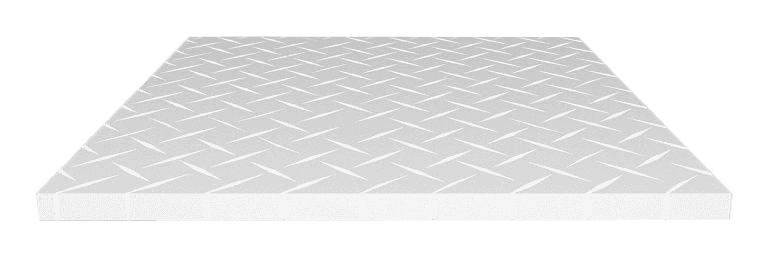
Generally either cross-linked polyethylene (Trocellan) or PVC nitrile rubber pad formulations (Armacell), these pads are extruded to guarantee uniform thickness and density. Proven for decades for turf applications, foam pads are priced right, can be made in long continuous rolls and can be seamed properly for a monolithic underlayment.
Details
| Pros: | Good shock absorbency · Acceptable resistance to “set” · Uniform thickness and density · Price generally lower · Rapid drainage |
| Cons: | Most pads are made overseas (freight and lead times more problematic) · Ball bounce properties not superior · Energy restitution properties not ideal · Inherently less shock absorbent than beaded polypropylene |
Rubber Pads
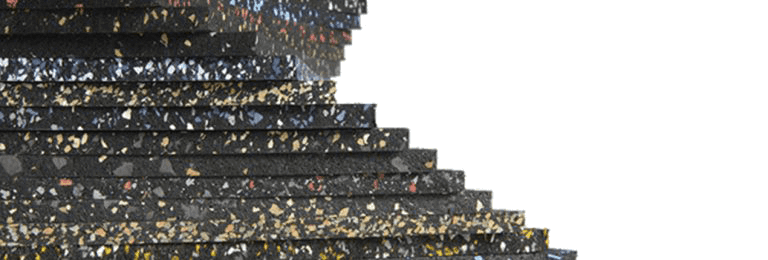
Rubber crumb pads have been proven in use for decades. Heavy, durable and naturally porous, rubber pads are generally used for more than one lifecycle of turf. These pads are offered in two basic formats: Factory Made Pads and Elastic Layers (E-Layer®) Pads.
Details
Factory-Made Rubber Pad
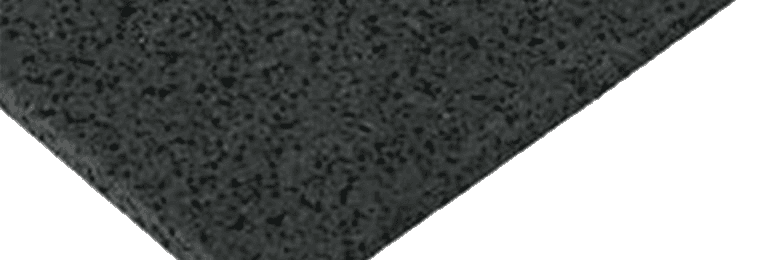
Factory-Made pads that are either extruded (Enplast and Ecore) or formed into large buns under heat and pressure and then “peeled” into continuous rolls (Regupol). Factory-made pads can incorporate sustainable, recycled Nike Grind materials.
Details
| Pros: | Good shock absorbency · Excellent resistance to “set” · Solid under foot Can be monolithic (no seams or joints under the surface) · Superior natural porosity for excellent drainage |
| Cons: | Freight costs are high due to weight of factory-made rubber pads · Rolls are short due to weight of material (head seams often necessary) · Compression resistance (softness) can be borderline on factory-made rubber pads · Expansion-contraction of rubber pads often means joints must be reinforced |
Elastic Layer Rubber Pad
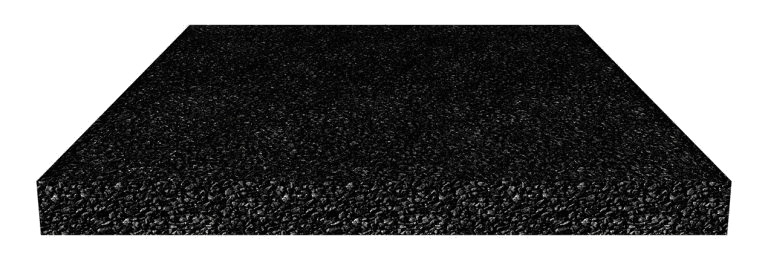
Elastic Layer (E-Layer®) pads that are paved-in-place on site using specially modified running track pavers with heated screeds. These pads often have a mix of small stones, foam and rubber granules bound by high grade polyurethane binder.
Details
| Pros: | Excellent shock absorbency · Totally solid under foot · Permanent usability (especially in systems that are not glued down) · Can alter formulations to make the E-layer more or less bouncy · Porous · Monolithic – one surface means a total consistency/no gaps or joints under the turf · Use high quality polyurethane binder from APT, a legendary chemical company |
| Cons: | Higher up front cost (but reusable indefinitely) · Requires precision installation and experienced crews |
